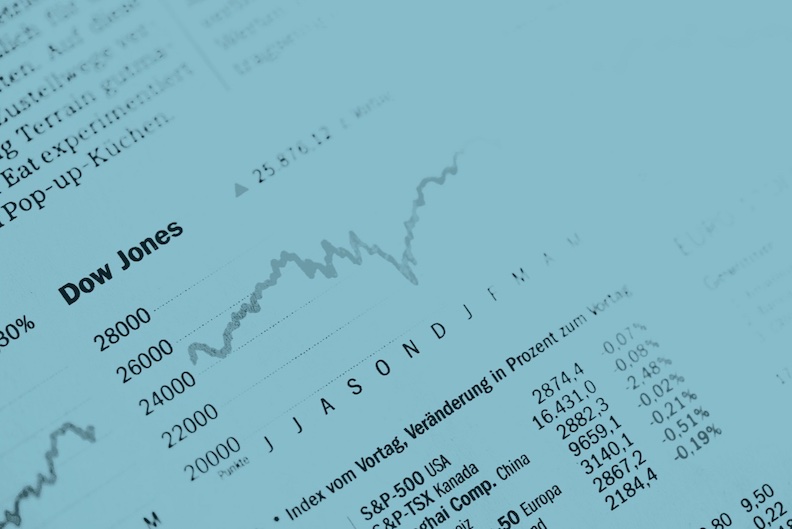What is it about?
The energy transition has, yet again, placed the state back at the centre of economic policy. This article investigates how and why the “actually existing” state (drawing on Jessop’s strategic-relational approach) intervenes in the global production of low-carbon energy technologies. To illustrate this, it uses hydrogen developments in the European Union as a case study.
Featured Image

Photo by Federico Beccari on Unsplash
Why is it important?
This article makes three main contributions. First, it advances the study of the state within the Global Production Networks scholarship. Second, it provides an empirical analysis of three key initiatives – the Important Projects of Common European Interest (IPCEI), the European Hydrogen Bank, and the Hydrogen Valleys – that, taken together, capture the overall trajectory of low-carbon hydrogen developments in the European Union. Third, it shows, in concrete terms, how the state apparatus is shaping the European hydrogen industry by facilitating, financing, and directly participating in production process, as well as creating demand for low-carbon energy.
Perspectives

I started working on these ideas out of dissatisfaction with the way the state is often portrayed simply in contraposition with the market – wherein market expansion corresponds to state retreat, and vice versa. To avoid getting mired in overly abstract theoretical debates, however, I’ve found it both rewarding and illuminating to apply these ideas to a pressing contemporary issue: the energy transition.
Rubén Vezzoni
Read the Original
This page is a summary of: A “return of the state” in energy transitions? The making of a hydrogen economy in the European Union, ZFW – Advances in Economic Geography, November 2024, De Gruyter,
DOI: 10.1515/zfw-2024-0050.
You can read the full text:
Contributors
The following have contributed to this page







